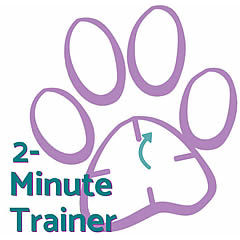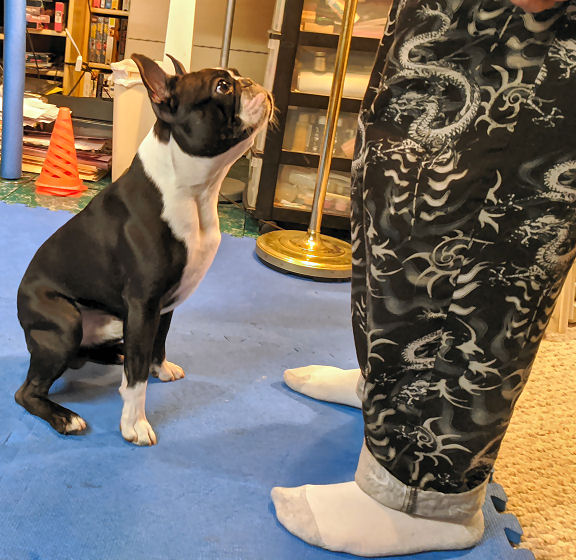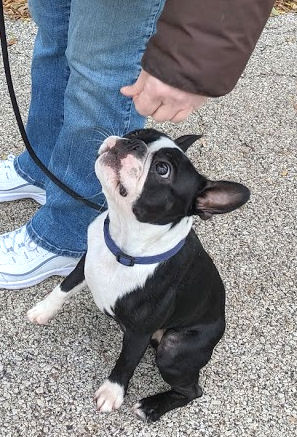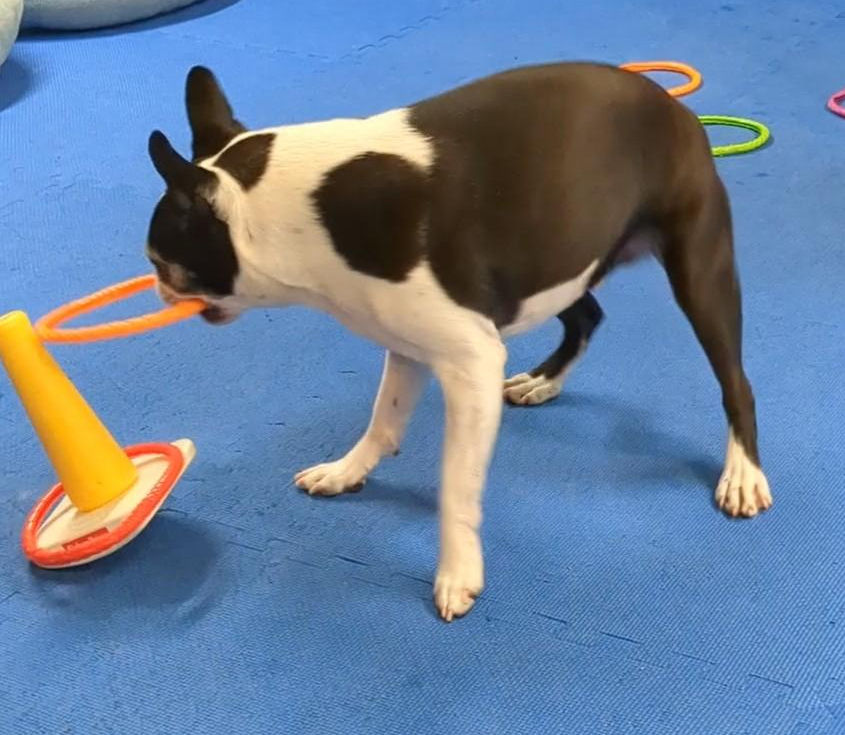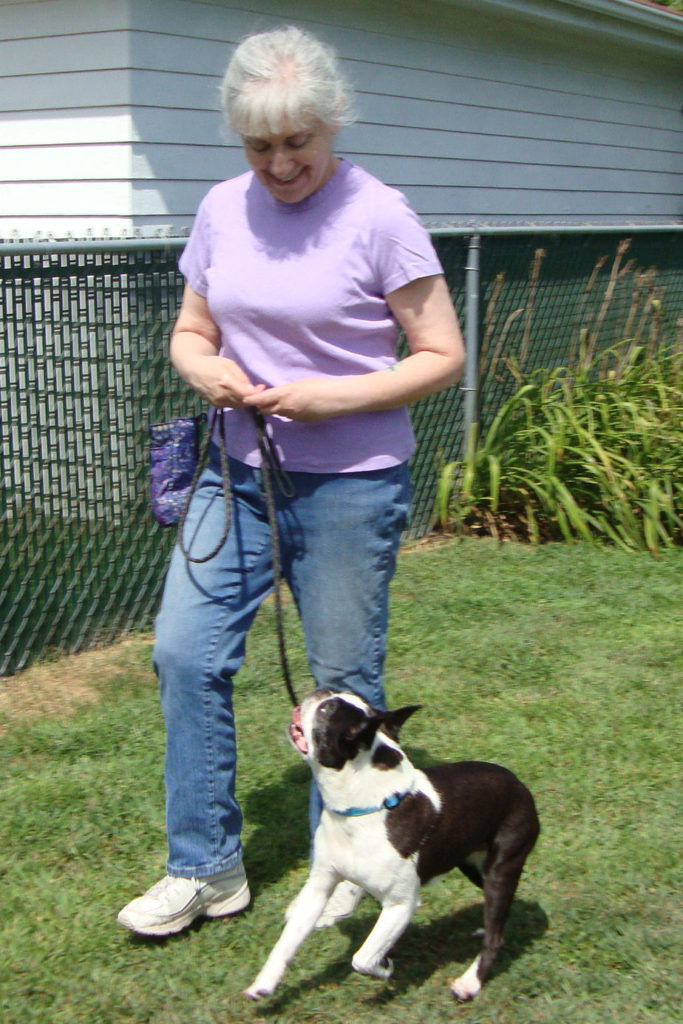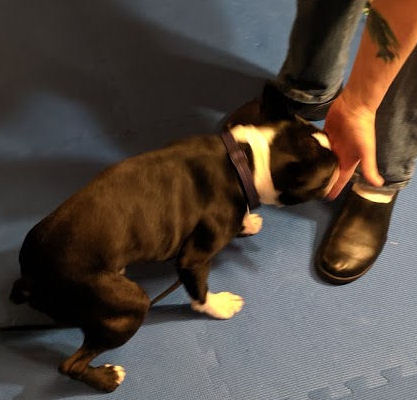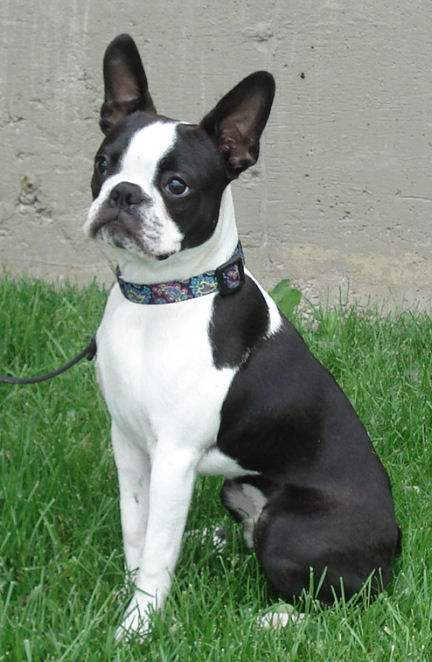In all the ways that count, you actually are the boss of your dog. You decide pretty much everything about your dog’s life – when they eat, sleep, go out; where they go, who they see. Doesn’t it just make sense to want to be a good dog boss?
Think about all the jobs you’ve had and the bosses you enjoyed working for. We’d bet big bucks your favorites weren’t the micro-managers who hovered over your shoulder. It was probably the ones who respected your abilities, left you alone to do your job, while being there for support, clarification, and feedback. Those were the good bosses. Follow their lead and be a good dog boss.
Decisions, decisions
It’s really hard to let go and trust your dog to make good decisions. But the alternative is having to be there every moment. Telling your dog what to do all the time. That works for some people. One Obedience person we know simply can’t find the patience. She’s been competing for decades, and for all those years she’s pretty much told her dog how to spend every moment of every day. She’s used to it, and doesn’t really want to change. We think it sounds exhausting.
Once your dog knows the rules of the house, does it mean they never misbehave? No, of course not. But when you yell “knock it off!” at whoever’s hooliganizing at the moment, it has more effect.
Firm foundation
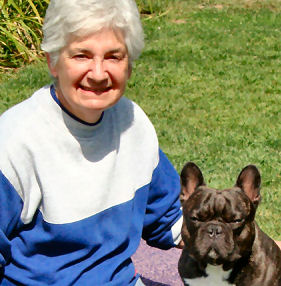
Your dog craves your attention and approval. Once they know that being “good” comes with approval and treats, that’s what happens. They’re good dogs. Because what gets rewarded, gets repeated. Your dog will become a better-thinking companion when they know you encourage them to use their brains.
Having a well-trained dog leads to a more balanced life for everyone. We know several people whose lives with their dogs are completely off-balance. They can’t have people over, they can’t get deliveries, they can’t take their dogs anywhere, and their rooms have a strict system of gates and doors. These people have let their dogs dictate the rules of the house and have let the dog become boss. As a result, no one’s happy.
At the other extreme, we’ve met a few people who treat their dogs like possessions. These dogs are kept in “storage” away from people, and are allowed limited access to family life. They may not have started out there, but the people may have become overwhelmed by the demands of having a dog. No one’s happy here, either.
We’re not sure why these people have dogs at all.
Big, beautiful life
Every moment you spend training your dog, every training game, pays off in the quality of your life together. The cost / benefit ratio is overwhelmingly in your favor. Just a couple minutes at a time, a couple of times a day, can make a huge impact.
Wouldn’t it be nice if you could carry the heavy, hot pan to the table from the oven without worrying about where you step? Answering the doorbell, knowing your dog is safely in their “Place!” is priceless. (Ebook / course #1: Clicker and Place) These little things are quality-of-life moments you can achieve. Taking your dog’s good behavior for granted is the ultimate goal.
